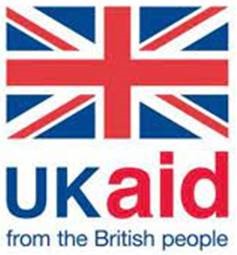We welcome your comments on our ongoing study of COVID-19 response governance in Syria
Syria Research Group team
The Syria Research Group is conducting a longitudinal study of COVID-19 response governance in the 3 main areas of military control in Syria, i.e. Opposition-Controlled Areas (OCA), Autonomous Administration Controlled Areas (AACA), and al-Assad Government-Controlled Areas (GCA). This study includes five rounds of interviews over 18 months. The first round began in March 2020, before the first officially-confirmed case in any of the three areas, and we are now finalizing the last round of interviews. We are exploring health-worker perspectives of the COVID-19 response across time and geography.
Initial findings suggest that several actors are particularly important in COVID-19 response governance across Syria. These are the World Health Organization (WHO), international and national non-governmental organizations (NGOs), local health authorities in each area, and the Turkish government through Turkish hospitals in OCA. The private sector has had a limited or even negative role in responses.
COVID-19 response planning was described as insufficient from the first round, even when there were no officially confirmed cases, and has been consistent across rounds. This appears mainly due to severe resource shortages and already overwhelmed health systems in each area-of-control. Response plans were generally perceived as non-participatory and non-transparent. While informal community initiatives have been reported by most participants in all areas, participants were sceptical of their effectiveness.
Community adherence to prevention measures has fluctuated considerably. Adherence was initially weak, before confirmation of the first case, as people were sceptical of the pandemic and the possibility of it reaching their area, especially after several months passed without any cases reported. With confirmation of the first cases in each area adherence strengthened and then fluctuated across time and different areas as people became fed up and less afraid. Health-worker compliance was reportedly weak from the beginning and decreased over time. Several theories were suggested to explain this, which we will describe in our full article to be submitted soon for publication.
Social media was the main reported source of information for both health-worker participants and their communities. This included official platforms providing trusted information and unofficial ones providing less reliable information and with more potential for misinformation. This has remained consistent across time.
Main reported challenges, across time and areas-of-control, were limited capacity in terms of infrastructure, equipment, medicine, human resources, and finances. Additionally, participants reported improvements in ventilators and oxygen supply over time as minor and unsatisfactory. Participant suggestions to improve response governance focused on strengthening the current health system in their area and increasing its capacity, e.g. increasing ventilator numbers and financial support. Concerns were consistent across time and areas and focused on potential health system collapse under the pressure of large numbers of cases and the resulting death toll. However, no participants ever indicated that their area had reached this stage of collapse. Overall, participant seemed less pessimistic over time, reporting fewer concerns and more positive remarks as it seemed that their local effect of COVID-19 epidemic did not appear to be as bad as they had initially feared.
These initial findings are still being analysed across time and geography, but we are very interested to hear your initial thought on these findings. Do you agree? Disagree? Have any comments or questions? Please share your thoughts below in the comments section


